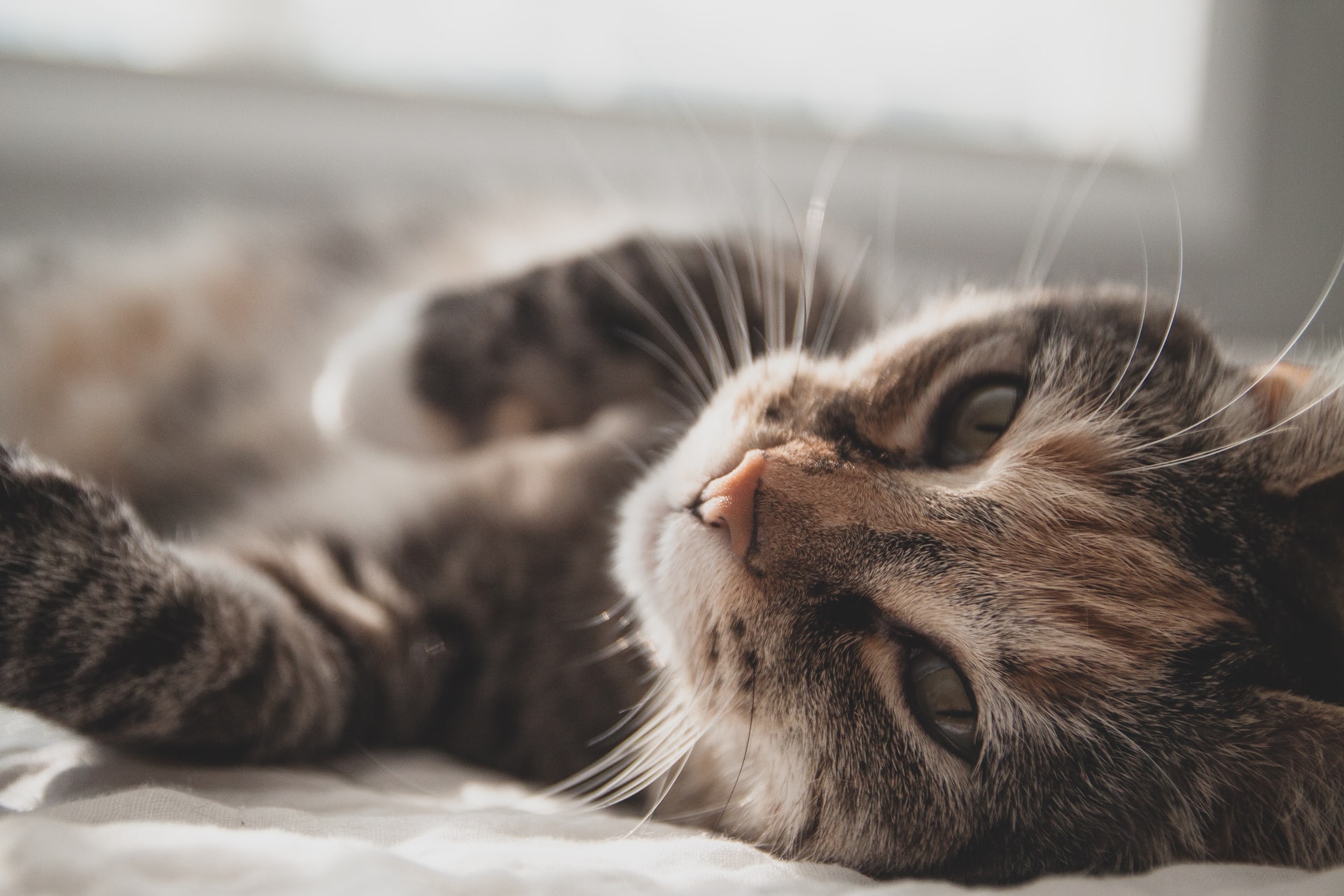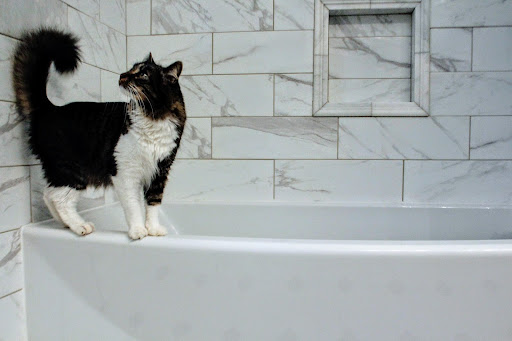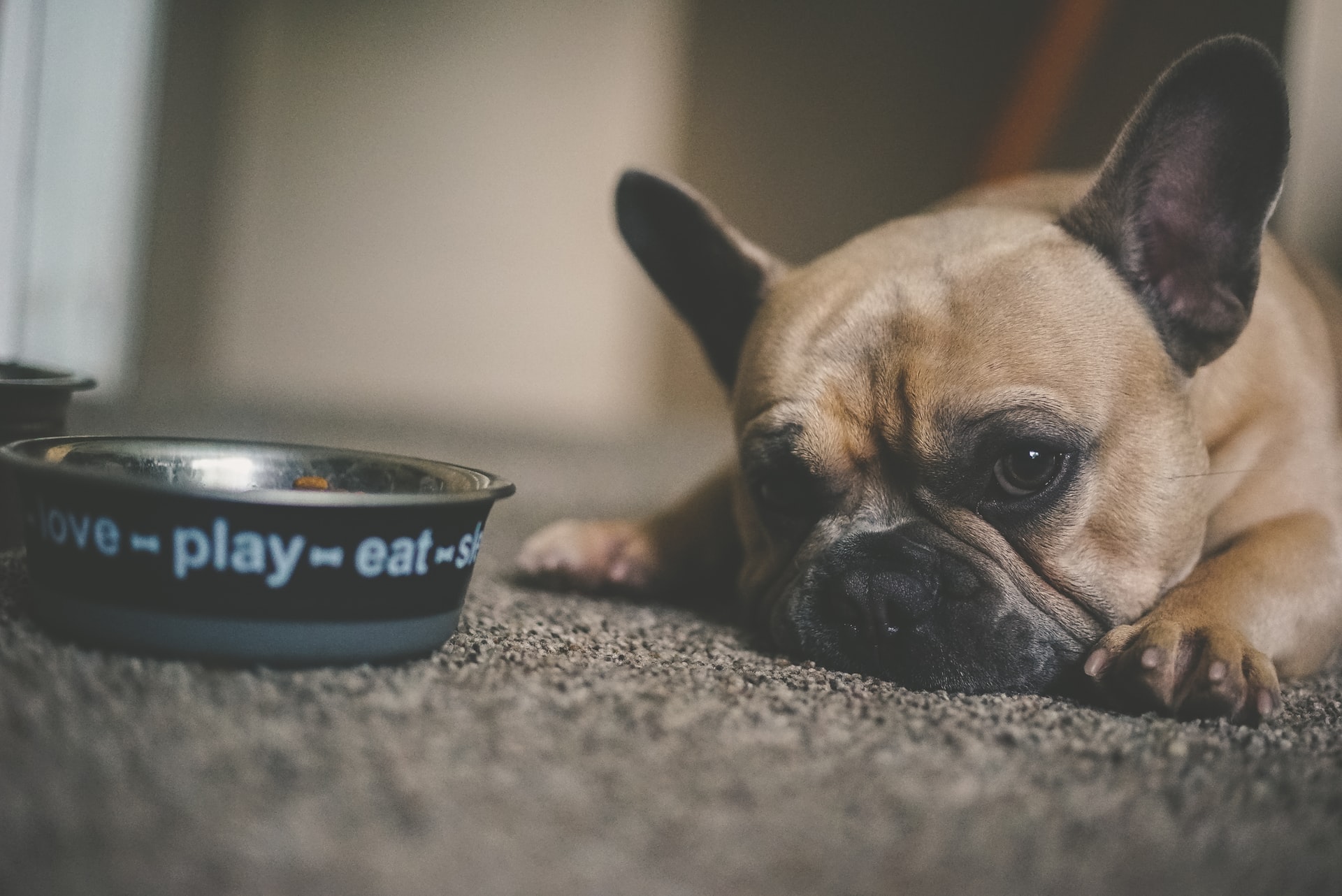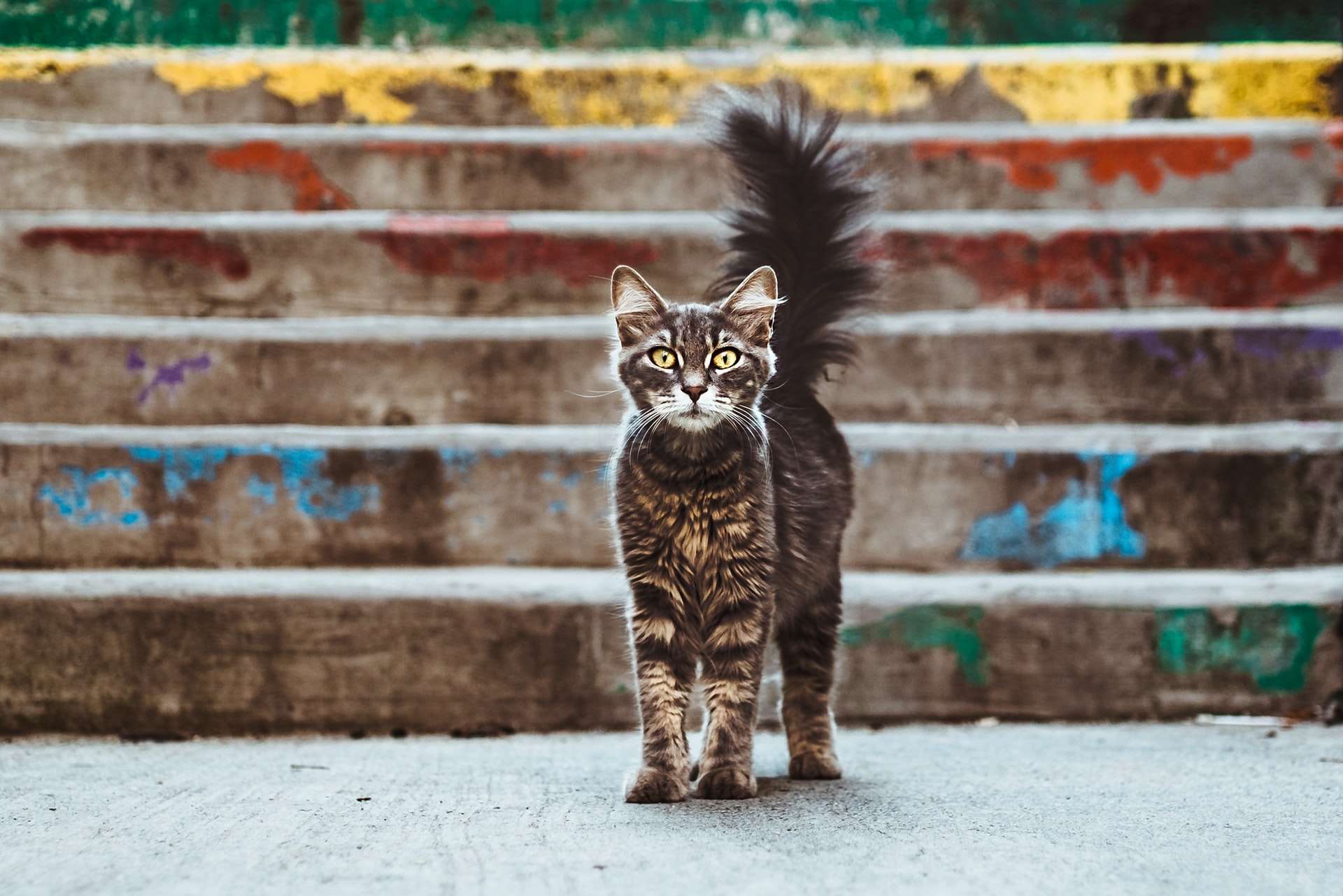
Majestic, independent, and sometimes fluffy, cats are some of the most common pets in a household. Unlike some other animals, cats are easy to take care of. Often, all it requires is a simple cuddle session to make them happy. And according to some studies, cats can also significantly help in reducing stress and anxiety. They can help you sleep better as they cuddle with you to sleep.
Having these felines around can be such a delight. However, what will you do if you notice irregular movements such as uncontrollable twitching or unconsciousness on your pets? Your cat may already be experiencing minor seizures (that will likely get worse), and you may not yet be aware of it. How can you recognize if your cat is having an attack? And what can you do to help your feline feel better?
What are Cat Seizures?
Seizures on cats are a sign of abnormal, excessive electrical activity in the brain. These do not happen most of the time. Zimmer.com, an animal protection and welfare organization states that “2% of cats are affected by a seizure disorder. Knowing what to look out for and how to be prepared is your best option in taking care of a cat experiencing seizures.”
Symptoms of Cat Seizures
Knowing when your cat is going to have a seizure is vital. Common symptoms include excessive thirst, tiredness, or constant pacing and seeking out attention. These irregular actions last only a few minutes and may follow a seizure.
During a Seizure Attack
A cat’s seizure can be caused generally by these two factors:
- General Seizures. These spasms affect the whole body and can last up to 3 minutes. Cats will experience twitching, shaking, and a possibility to lose consciousness. A cat may also have a loss of urinary or bowel control.
- Partial Seizure. This type of seizure is scarce and affects only one side of the body, with cats experiencing drooling, facial twitching, loud vocalizations, tail chasing, and aggressive behaviours.
It is essential to take a quick note of how long your cat is having a seizure. If these attacks last more than 5-10 minutes, it is identified as status epilepticus and requires a medical emergency. Take your cat to a veterinarian immediately.
What to do When Your Cat Has Seizures
Here are a few things you should do once you notice your cat having a seizure:
#1 Keep track of time
As mentioned above, keeping track of time is crucial in how long these seizures last. Usual attacks last for 10 seconds or so, depending on the type of stroke and useful information for the vet to know. Although, during stressful situations, our perception of time may be misinterpreted. It is helpful to take note of when the seizure starts and when it ends. A stopwatch on your phone can be used to do so.
Even if the seizure described to be in a critical state lasts for 5-10 minutes, attacks that last for 3 minutes or less on your cat are still a concern and should have an appointment set on a vet.
#2 Do not touch or move the cat
Moving your cat should be done unless your feline is at risk of hurting themselves or if the environment is not safe for the cat. When in these circumstances, do not touch your cat with your bare hands. Instead, use a blanket to wrap around your cat to prevent possible bites or scratches.
#3 Reduce stimulation
The last thing you want to do while your cat is having a seizure is to make it worse to reduce stimulation, dim the lights in the room either by having a lamp on or leaving the door slightly open. Noise can also cause stimulation in these attacks, and it's best to turn off any device that produces such in the same room and have a hushed and calm voice when talking. Lastly, give your cat a lot of space.
#4 If the seizure does not stop, call the veterinarian
Aside from the previously mentioned fact of calling a vet when seizures last for 5 minutes and more, you should do the same if your feline is having a hard time breathing (the neck and head are extended in front of the body while breathing) or if such attacks are frequent.
After the Seizure
The aftermath of the cat's seizure is called the "postictal phase." Your cat may experience excessive tiredness or excitement, eating and drinking too much, as well as odd pacing.
Remember to not touch your cat during and even after their seizure unless they are at risk of hurting themselves. Touching your cat risks the chance of you getting a severe bite or scratch.
What are the Causes of Cat Seizures?
The cause of cat seizures can be classified into two ways: Intracranial or extracranial.
- Intracranial is when the cause of the seizures happens within the brain. Possible reasons can be brain inflammation, tumours, trauma, and brain parasites such as toxoplasmosis (an illness caused by a parasite called Toxoplasma gondii).
- Extracranial is when the cause of the seizures are diseases somewhere else in the body. Examples of these are ingestion of toxins, kidney disease, liver disease, and more.
Can CBD Help with Cat’s Seizures?
The main focus to stop seizures on cats are through the Endocannabinoid system (ECS). The ECS is a neurotransmission system responsible for managing and balancing the body's processes, including communication between the cells, immune response, and more.
Also, the endocannabinoid system creates neuroprotective effects that aim to protect the nervous system from injury or damage, including seizures. But how does CBD come into the picture? In the case of seizures on cats, CBD oil interacts with the endocannabinoid system through its cannabinoid receptors: CB1 and CB2.
What are these receptors? According to CBDClinicals.com, CB1 receptors in cats are prevalent in the brain and nervous system. CB2 receptors, on the other hand, dominate the peripheral organs and immune cells. With this in mind, the interaction between these receptors and CBD oil helps keep the cat's mind and body function smoothly.
Is CBD Oil safe to use for your cat? The answer is yes. According to Seapet.com, CBD oil is the all-around champion of pet supplements, with some owners already using CBD to treat various feline issues, including anxiety on cats. This supplement is also not addictive and is safe for your pet when given in veterinarian-approved doses.
Conclusion
CBD oil works with your cat's bodily systems to help stop seizures. Although CBD oil is known as a neuroprotector. Although there have been no scientific studies that investigate specifically the impact of cannabis on pets, Dr. Gary Richter, a holistic veterinarian and owner and medical director of Montclair Veterinary Hospital and Holistic Veterinary Care in Oakland, California, says that CBD oil is generally safe for cats.
It is essential to know that you must first consult your veterinarian before purchasing CBD Oil for your cat. Knowing the right dosage and how this will affect your pet is essential. Although scientific research on CBD is still in progress, it can be used as an anticonvulsant. According to Seapet.com, CBD oil for cats with seizures can help in reducing the median intensity and frequency of attacks by nearly 50 percent.





